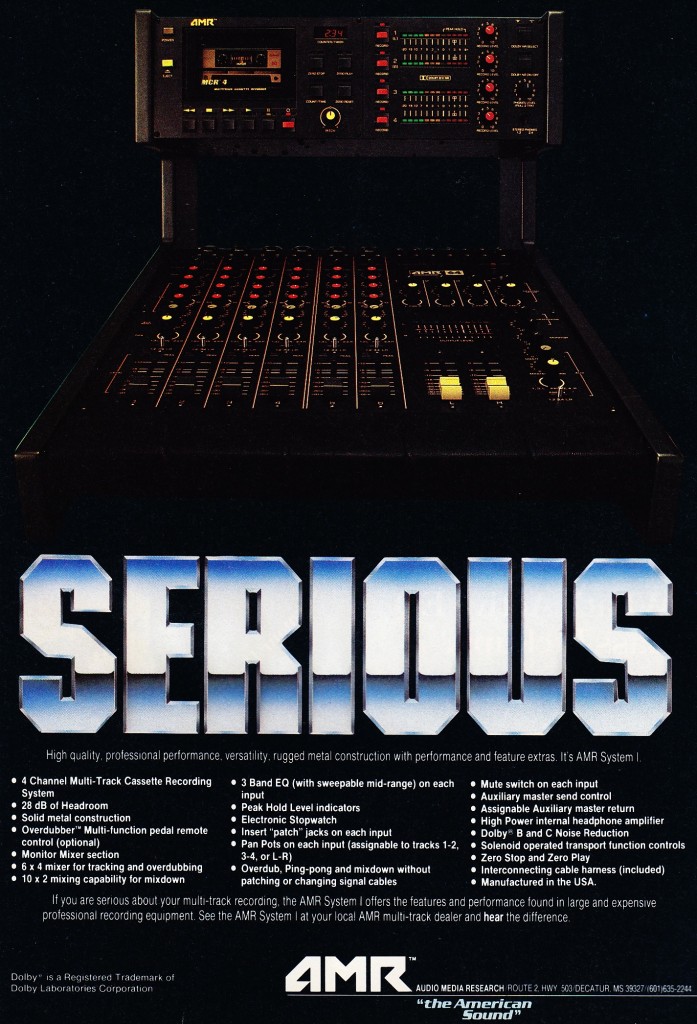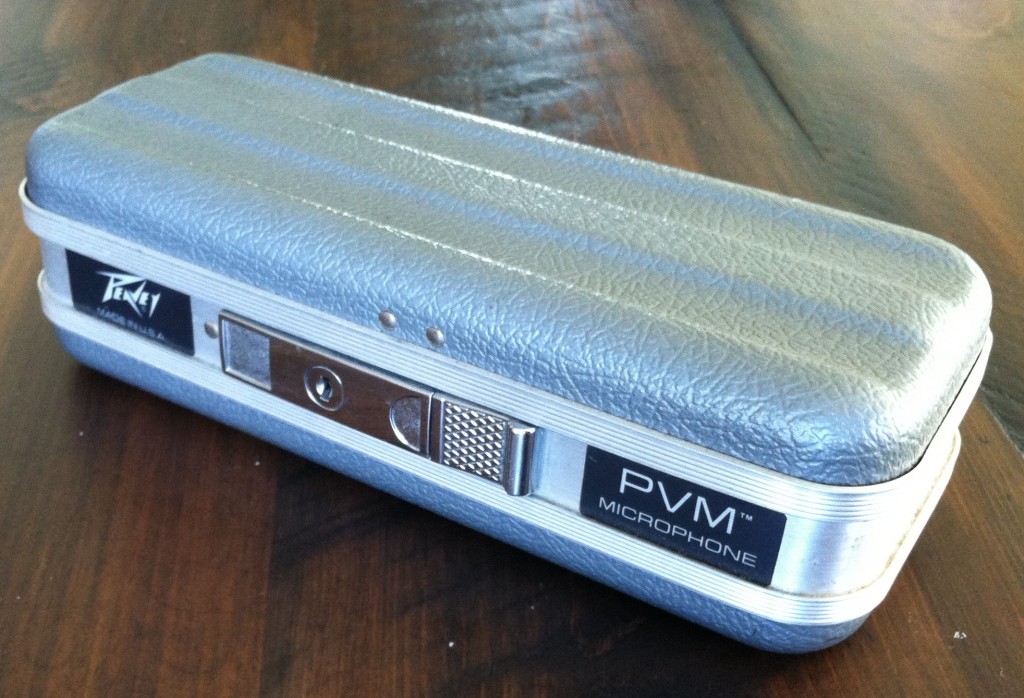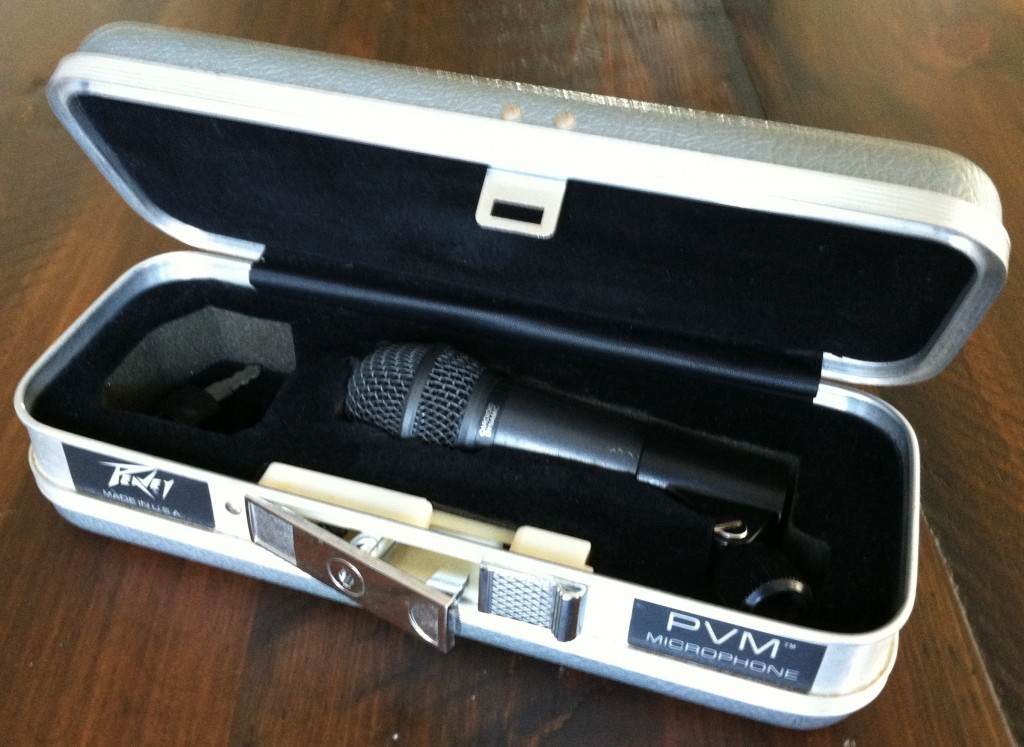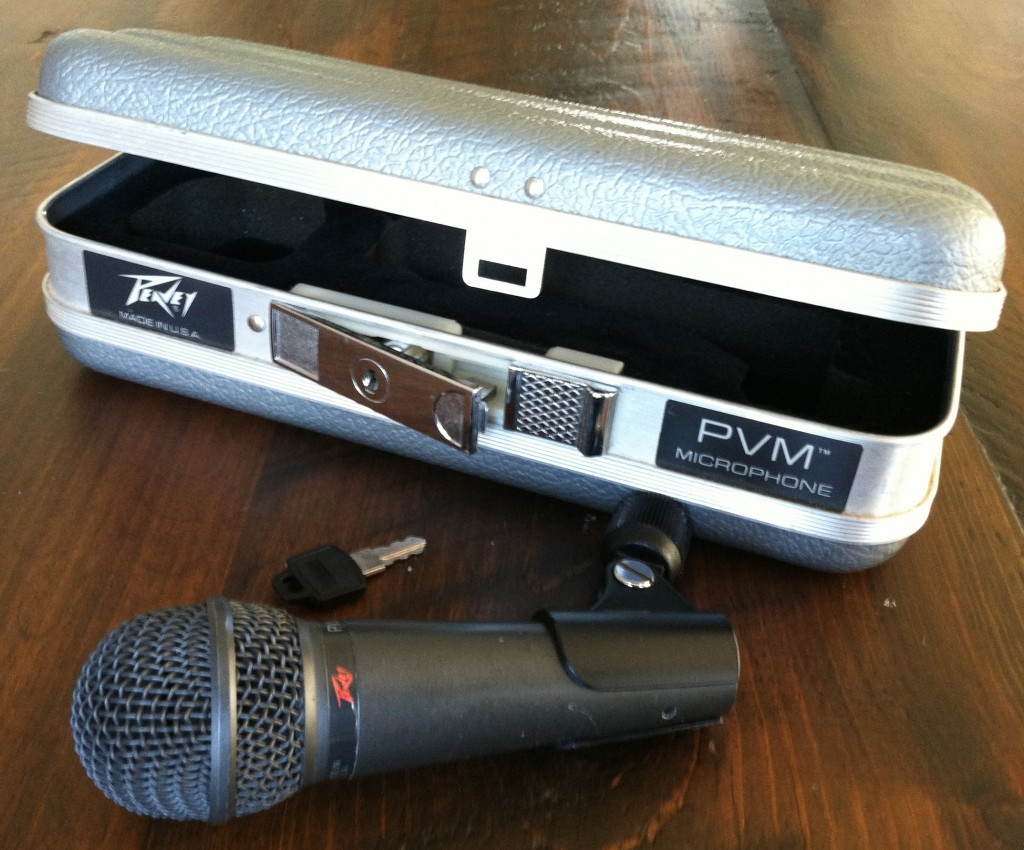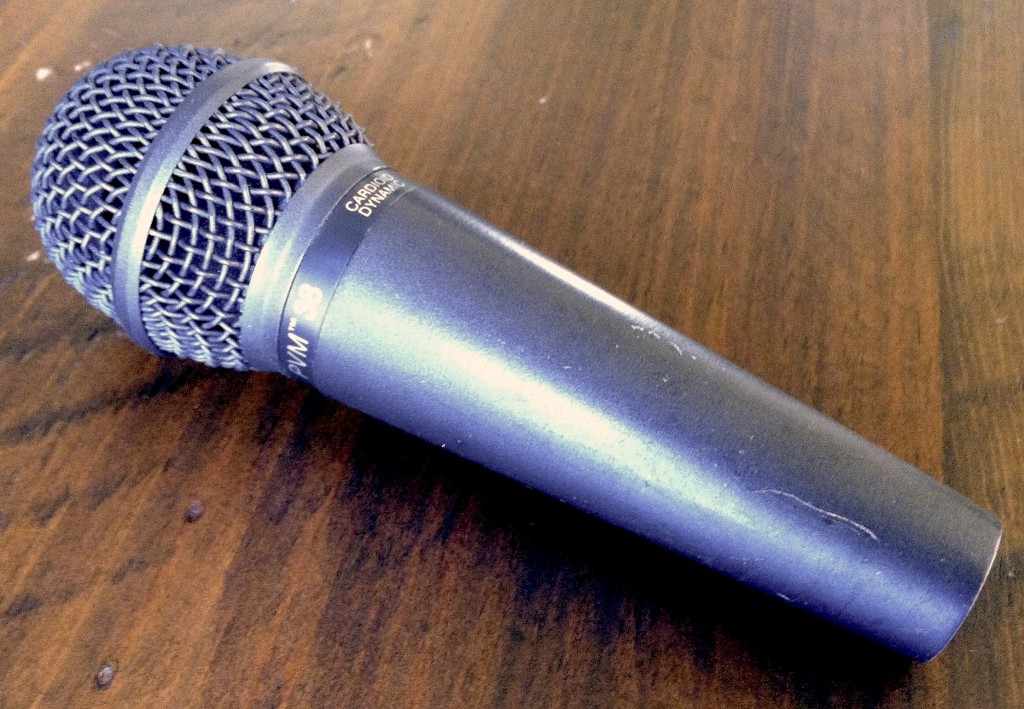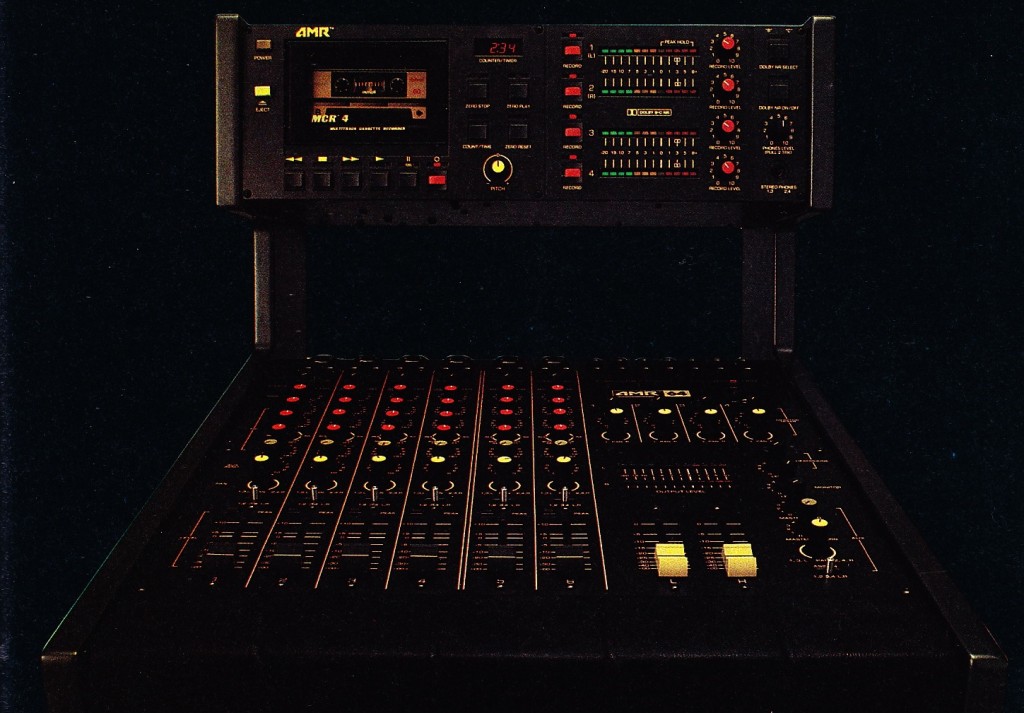 Goddamn! Would you look at that thing! Peavey built and sold a small number of these US-made uber-4-tracks in the late 80s. They were referred to alternately as the MCR-4 or the System 1. I have personally never seen one, but I love that tape-machine-overbridge layout… makes me wanna buy a Tascam 234 and a little rack-mount 80s mixer and cart it up like that… I know I poke fun at Peavey quite a bit, but my hat is off to them for this thing. To build something like this in the US in the 1980s must have taken incredible effort. To learn more, check out this thread at Tape Op.
Goddamn! Would you look at that thing! Peavey built and sold a small number of these US-made uber-4-tracks in the late 80s. They were referred to alternately as the MCR-4 or the System 1. I have personally never seen one, but I love that tape-machine-overbridge layout… makes me wanna buy a Tascam 234 and a little rack-mount 80s mixer and cart it up like that… I know I poke fun at Peavey quite a bit, but my hat is off to them for this thing. To build something like this in the US in the 1980s must have taken incredible effort. To learn more, check out this thread at Tape Op.
Tag: peavey
Visual Culture part XIV: 1981
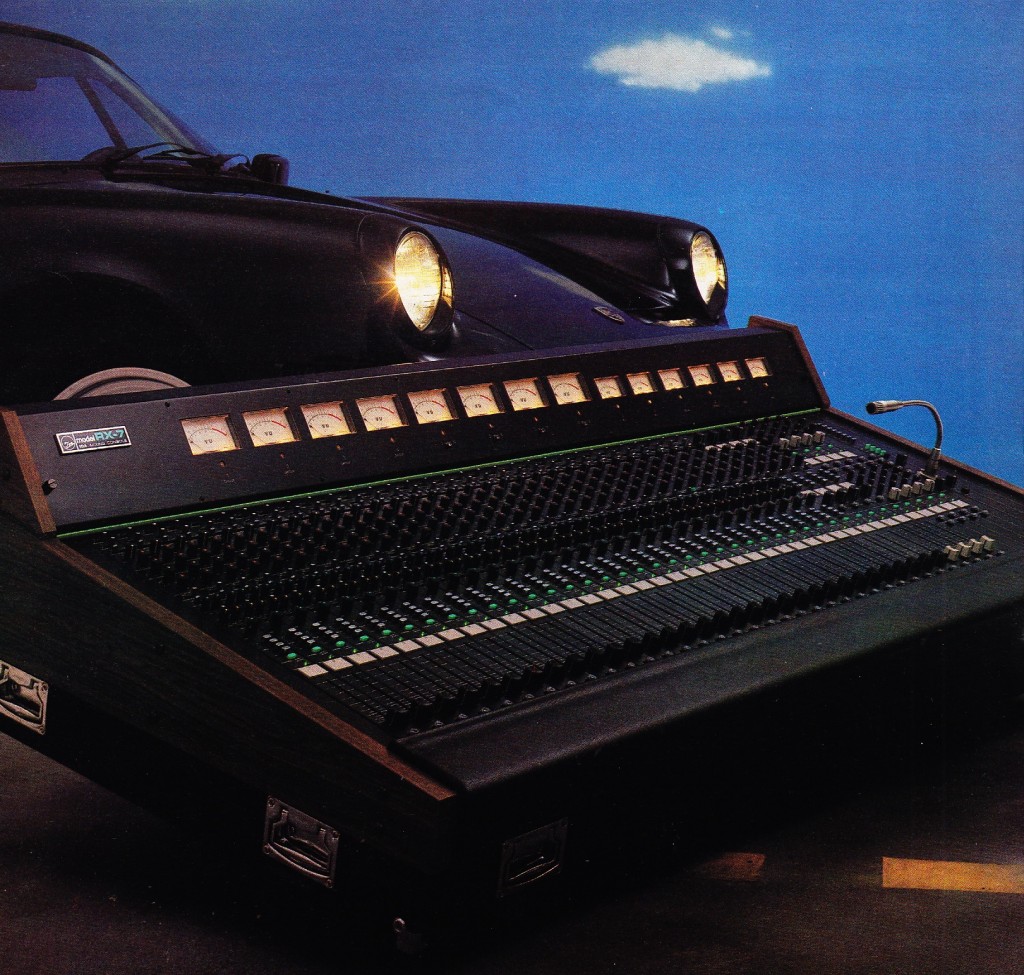 Just stick a Porsche next to pretty much anything
Just stick a Porsche next to pretty much anything
 In Hartley Peavey’s imaginarium, everything is made of Peaveys. Kinda like BEING JOHN MALKOVICH, but with amps.
In Hartley Peavey’s imaginarium, everything is made of Peaveys. Kinda like BEING JOHN MALKOVICH, but with amps.
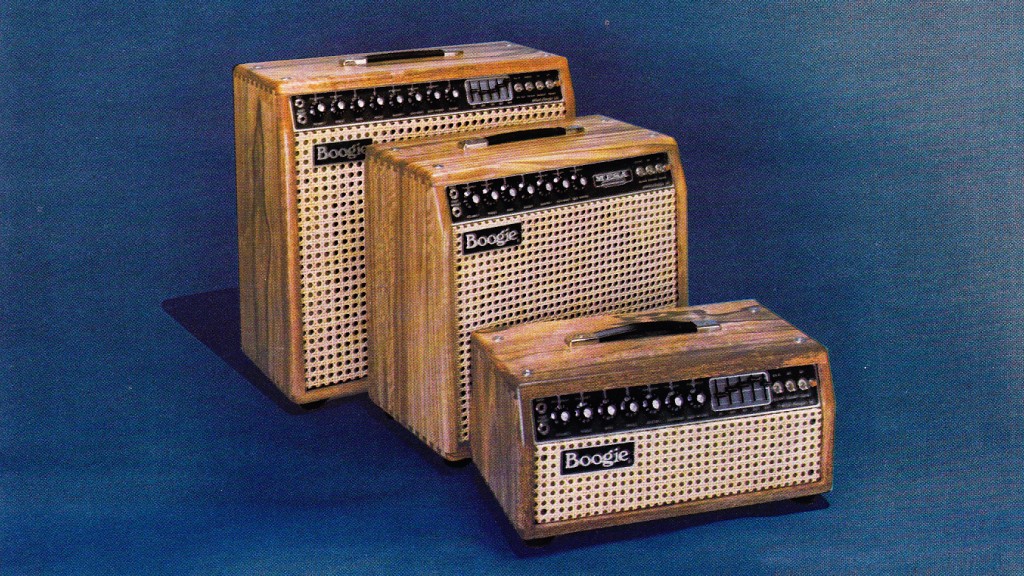 ‘Hey Jim, how about Denim for the background?’ ‘Sounds good Mike.’
‘Hey Jim, how about Denim for the background?’ ‘Sounds good Mike.’
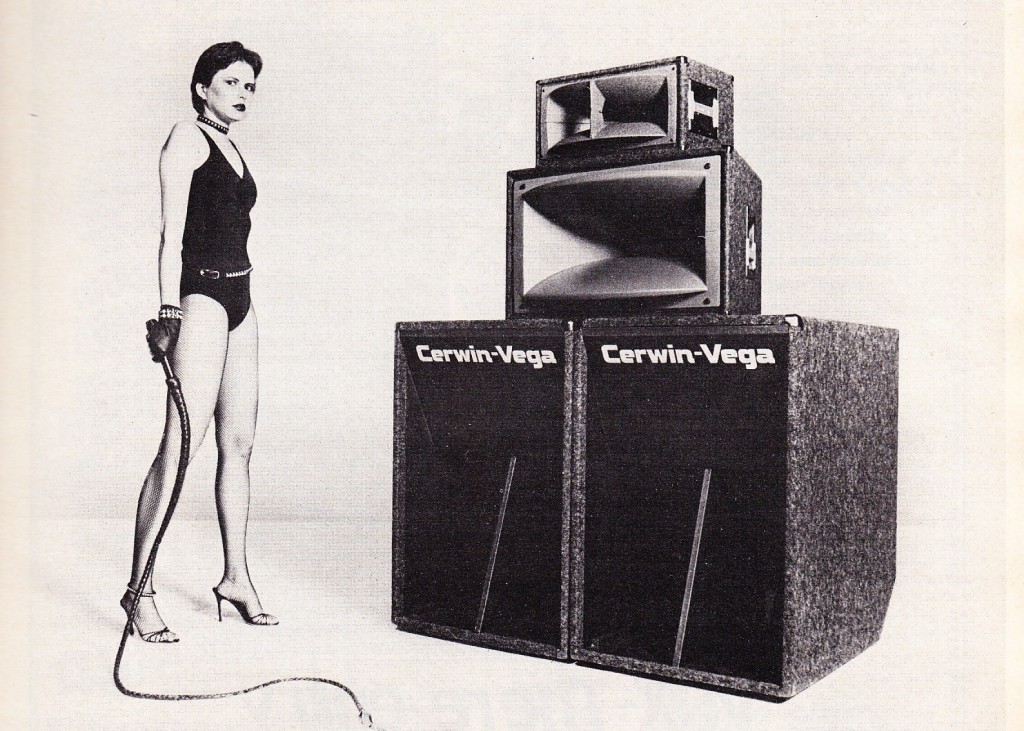 Is she intended as *a simile for the speakers? *a metaphor for the musical signal that will ‘exite’ these speakers? *a metonym for the community of all nightclub-speaker users? *a form of ‘impossible representation’ given that she seems quite unlikely to be a purchaser of this product, and the speakers are equally unlikely to be a ‘client’ of hers? Please use the COMMENTS section to offer your own analysis of the precise ‘non-literal meaning’ being used here.
Is she intended as *a simile for the speakers? *a metaphor for the musical signal that will ‘exite’ these speakers? *a metonym for the community of all nightclub-speaker users? *a form of ‘impossible representation’ given that she seems quite unlikely to be a purchaser of this product, and the speakers are equally unlikely to be a ‘client’ of hers? Please use the COMMENTS section to offer your own analysis of the precise ‘non-literal meaning’ being used here.
Top to bottom: Toa, Peavey, Mesa-Boogie, Cerwin Vega, all circa 1981.
DONT TOUCH
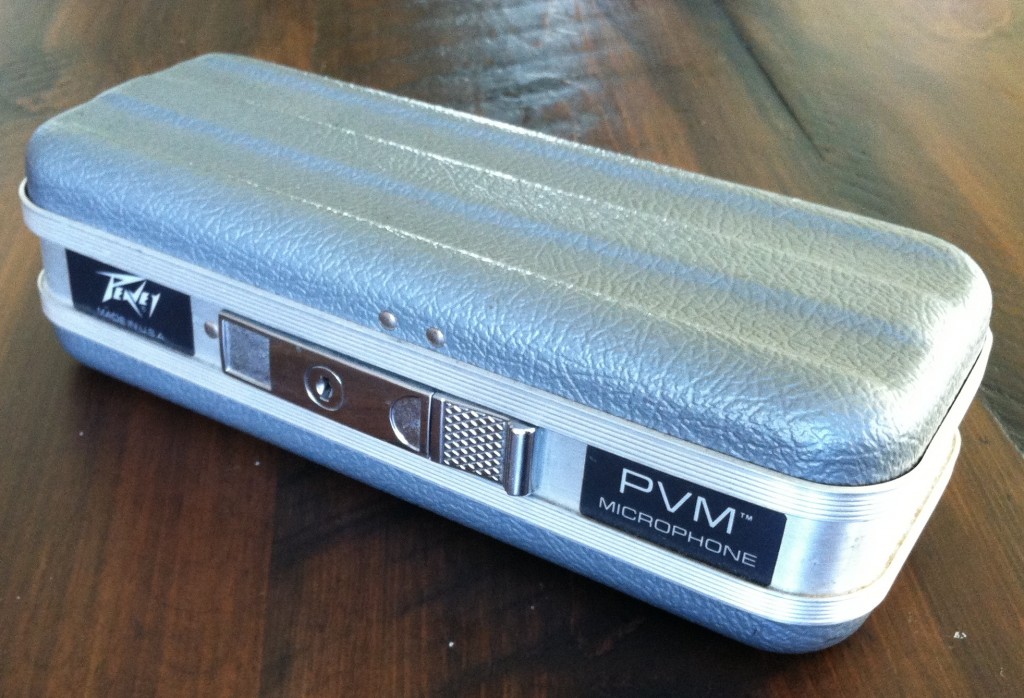 THE BOX STAYS LOCKED WHEN REH IS OVER
THE BOX STAYS LOCKED WHEN REH IS OVER
*************
*******
***
Fairly high-up on the list of ‘unnecessary shit that i prolly shouldn’t have bought‘ is this mint-condition Peavey PVM-38 microphone. But what an incredible artifact, innit. Consider what kind of paranoid, uptight culture could have created a shitty low-cost microphone that includes a military-grade locking hard-shell case, thus allowing access to only the key-holder. Exactly who/what is this case designed to protect/prevent? If you are concerned about the sanctity of your microphone, perhaps simply take it with you? It is not so large/heavy as to preclude easy transport? Rather, I feel like what we have here is the superimposition of two previously unrelated concepts: the microphone, on one hand, and an intense concern with property rights on the other.
I can’t tell you from whence this artifact originates, as there is little information online concerning its heritage, but Peavey Corp does offer this download (PVM_38i) regarding a very similar model; the date of that document is 1993. I can vaguely recall seeing these mics for sale at the local mom+pop when I was a kid; late 80s, early 90s; and the box made a strong impression: at least to a child, the effect was ‘wow that must be a rad mic if such intense security surrounds it at all moments.’ The semantic chain here is the ever popular Security/indicates/Economic Value/indicates/Quality. But then what happens when one learns that the object in fact has a low cost, as these mics no doubt did? Do we still make an easy leap from Security to Quality? Oh Peavey. The mysteries you hold.
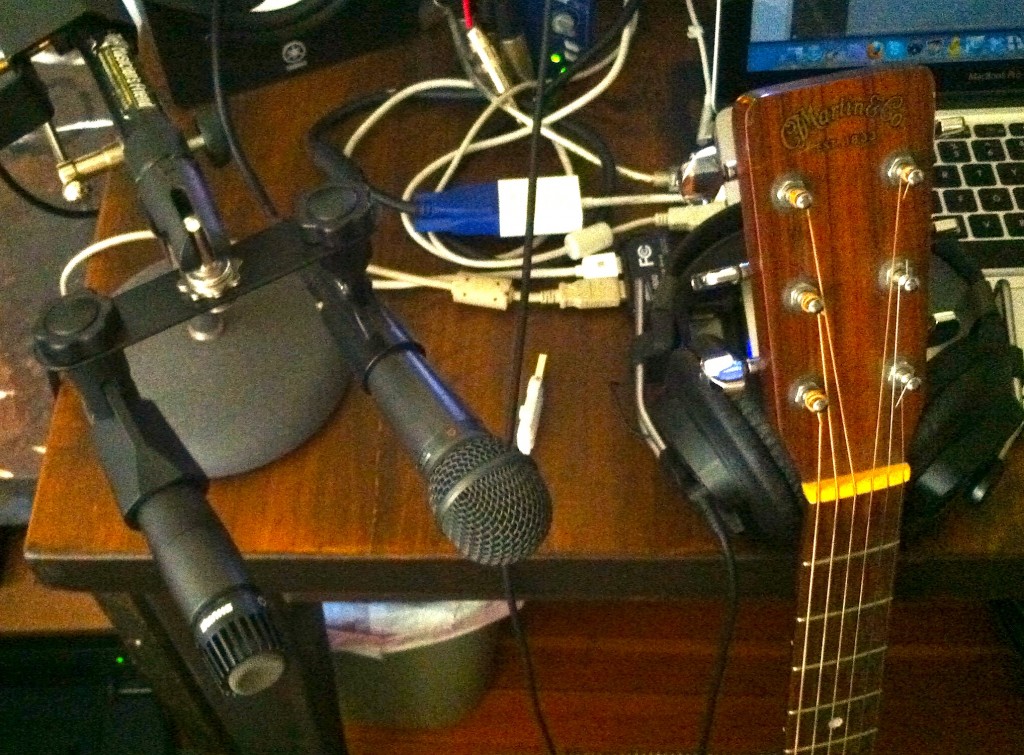 While the precise semiotic operation of the Peavey PVM38 and its associated flotsam (IE,, case+key) may remain a subject of debate, we can fairly readily assess the object’s quality. Yup it’s time for yet another SHURE SM57 vs SOME UNPOPULAR OLD MIC test. Here’s a single acoustic fingerpicked guitar performance; mics are positioned as shown above; levels are matched exactly. No processing whatsoever was applied, other than digitally increasing the levels to full level. The Peavey’s output is approximately 2.5 db hotter than the SM57. Take a listen:
While the precise semiotic operation of the Peavey PVM38 and its associated flotsam (IE,, case+key) may remain a subject of debate, we can fairly readily assess the object’s quality. Yup it’s time for yet another SHURE SM57 vs SOME UNPOPULAR OLD MIC test. Here’s a single acoustic fingerpicked guitar performance; mics are positioned as shown above; levels are matched exactly. No processing whatsoever was applied, other than digitally increasing the levels to full level. The Peavey’s output is approximately 2.5 db hotter than the SM57. Take a listen:
First, the SM57: ShureSM57_ref
..and now the PVM38: Peavey_PVM38
My $0.02: The sound is pretty similar. The Peavey seems to have less boxiness/low mids, a pretty similar pickup pattern, and a little less accuracy/detail in the very high end. Overall it has a bit of that ‘budget mic’ sound but the high output is a plus. I would imagine that the PVM38 would probably make a decent live vocal mic for rock vocals, and probably good for under-snare as well. Certainly worth the $15 that I paid.
